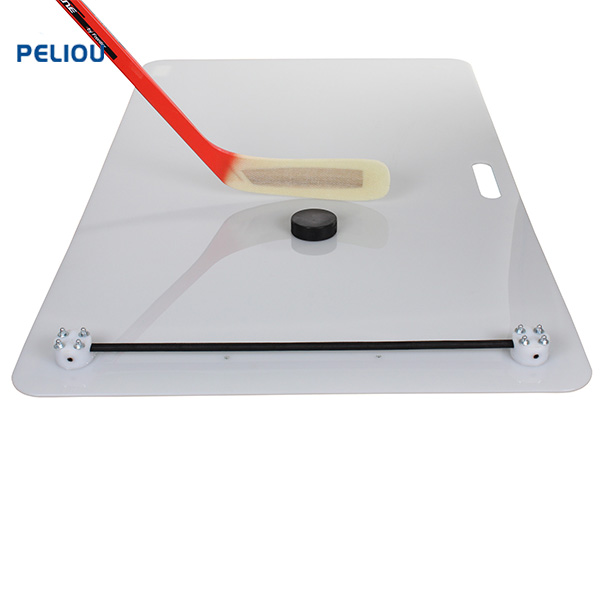Wishing You a Prosperous New Year!
714May the new year bring you success, happiness, and endless opportunities! Cheers to new beginnings and unforgettable moments ahead!Your Trusted Plastic Sheet Manufacturer-PELIOU
View detailsSearch the whole station Hce rink accessories Video product
High-Density Polyethylene (HDPE) hockey practice boards offer several advantages that make them an excellent choice for athletes and facilities looking to enhance their training environments. These boards are designed to simulate the ice-like surface that hockey is played on, providing a space-efficient and versatile practice tool. The key advantages include:
HDPE hockey practice boards provide an effective, durable, and versatile training tool for hockey players of all levels, offering a practical solution for skill development outside of traditional ice rinks.

May the new year bring you success, happiness, and endless opportunities! Cheers to new beginnings and unforgettable moments ahead!Your Trusted Plastic Sheet Manufacturer-PELIOU
View detailsPVC material is commonly used in daily life and has a wide range of applications. However, what is the difference between it and PP? Let me take everyone to understand together. PP: The ...
View detailsDear friend, Greetings. This is the invitation from Hebei Peliou New Materials Technology Co.,ltd. We will participate in the first phase of the 134th Canton Fair in the fall. You and...
View detailsSynthetic ice skating rink is developed with the improvement of people's living standard, the popularization of ice sports and the progress of refr...
View details
HelloPlease log in